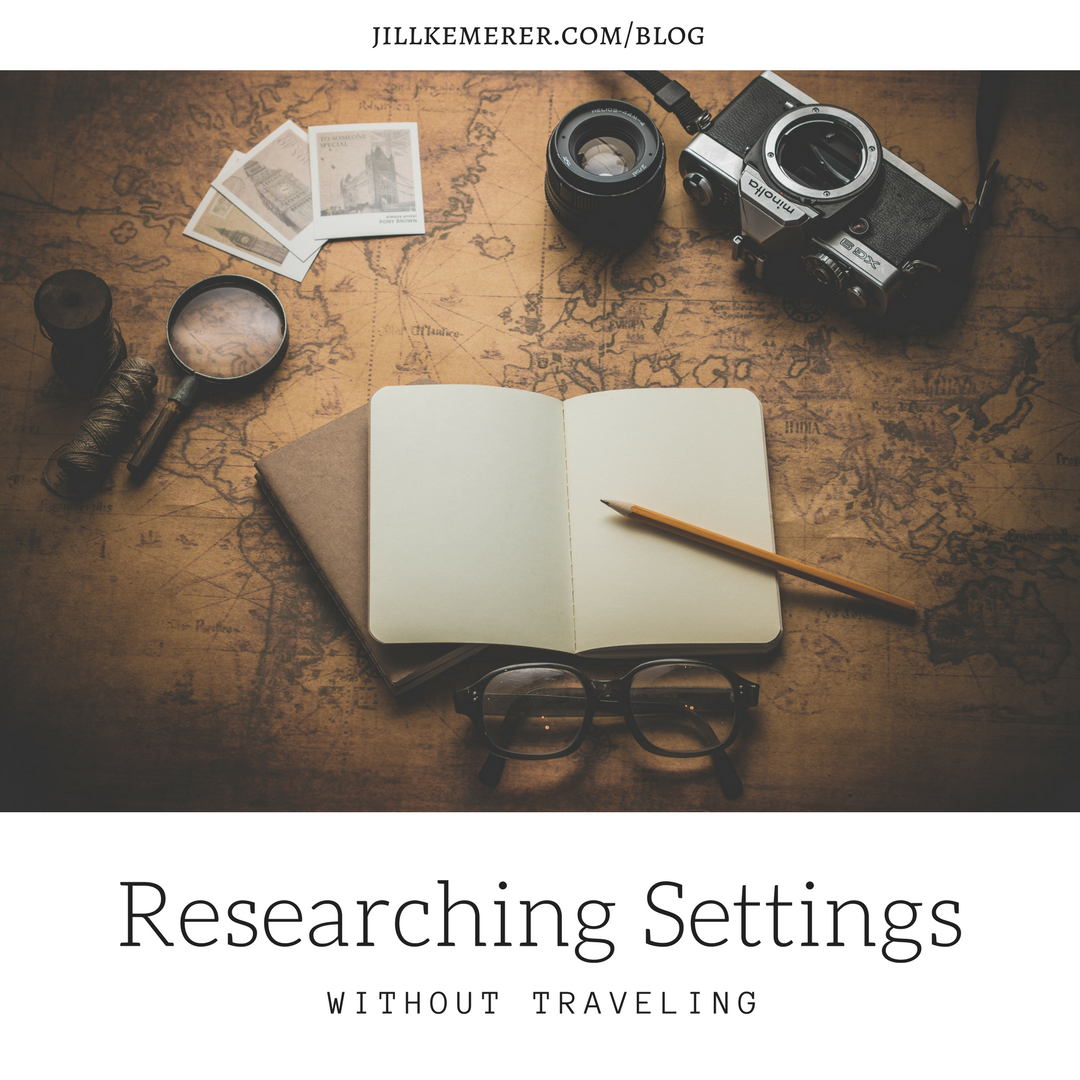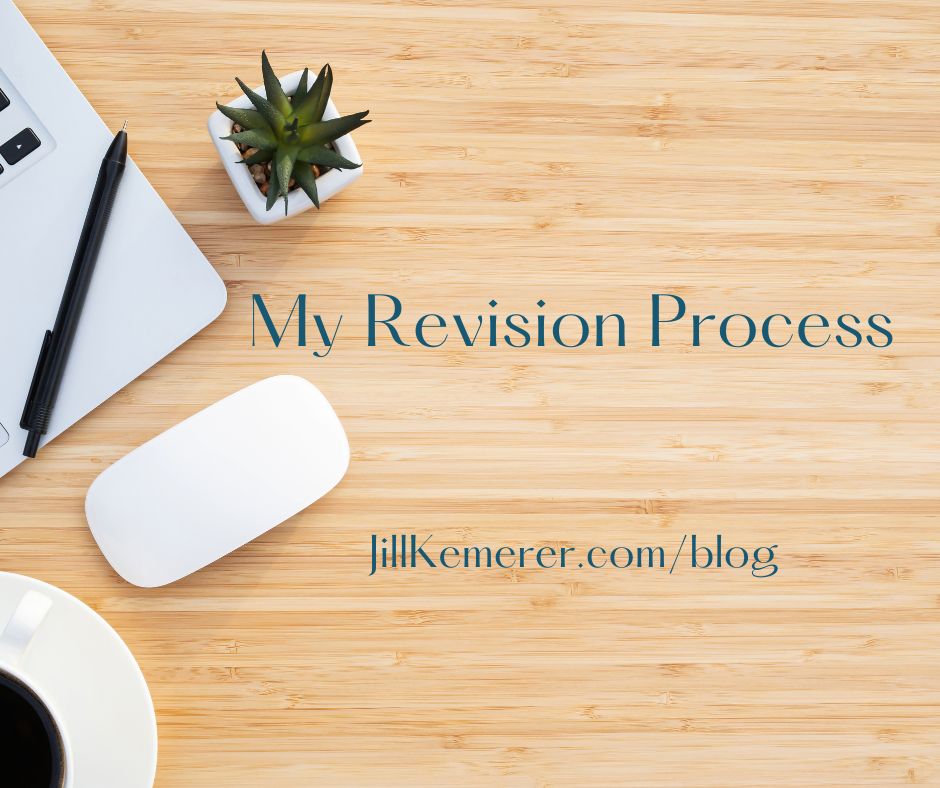If you spend any time searching for freelance editors, you'll see several different types of…
Researching Contemporary Settings Without Traveling #WW
On Saturday I gave a presentation at the Researching the Romance academic conference (#BGSURomCon18) hosted by the Browne Pop Culture Library at Bowling Green State University, which happens to be the official repository for Romance Writers of America (RWA). It was an amazing conference. I learned so much from professors, university librarians, archivists, grad students and others who traveled from all over the country. And, guys, Beverly Jenkins was the guest of honor. She blessed everyone with her insight, wisdom, graciousness and humor.
Since researching settings can be difficult, I thought I’d share my topic with you. Here it is!
Researching Contemporary Settings Without Traveling
A novel’s setting is important because it shapes the story and influences the characters’ thoughts and actions. Ideally, a writer will be able to visit an area before writing about it, but there are two big reasons why authors don’t always travel to research a setting. Time and money. We don’t always have time to jet off to Paris or drive to Georgia, and traveling can be expensive. But with the right tools, we can be confident we’re getting the setting right for our readers.
I take a three-pronged approach to researching setting–Internet, Print, People. This method goes from big picture to small details.
I usually have a general area or town in mind when I’m deciding where to set a new novel. The first thing I do is spend time on the internet and start gathering basic material.
1.Internet
- Print out a map of the area.
- “See” it through Google Earth/Google Images. Verify the images have been tagged correctly. Some images are clearly not what they say they are.
- Gather and print a year’s worth of weather data. It’s important to know typical highs/lows and precipitation.
- Find out what economics drive the area. Is it a dying town? Thriving? What are the demographics? What are the typical jobs? How much does it cost to live there?
- Read a brief history. Who settled it? What interesting facts emerge?
- Browse through travel guides/visitors info. What are the local attractions? These might trigger plot ideas.
- Check out homes through Realtor.com. What are the preferred styles? How much do they cost? Can I use this information as an area of conflict for a character?
- Search for blogs set there. For instance, when researching my Wyoming Cowboys series, I searched for “Wyoming ranch life” and found several blogs, full of pictures and rich details.
- “See” the area by searching YouTube—people GoPro everything!
At this point I have a good idea of the setting basics. I’m ready to narrow my research down to get “the flavor” of a place. So I move to print materials.
2. Print (Purchase or borrow from library)
- Memoirs set in the area (or general vicinity) will give you a more complete picture and plenty of details to make your setting come to life.
- Magazines. Regional magazines (Midwest Living, Alaska, Sunset, etc…) will give you fun facts and pictures.
- Ask librarian for help. Librarians know where to look beyond the travel section for information on specific places. Ask them!
- DVDs–documentaries and travel specials can be fun to watch!
Now I’m getting ready to write, but I usually have a list of picky questions I can’t find answers to. Example: How young is too young for a child to start riding a horse in Wyoming? Answer: Many children ride as soon as they can walk! How did I find this out? I asked people who live there (Thanks, Bree!!). How did I find these people? Social media.
3. People (Ask questions)
- Social Media. Get on Facebook, Twitter or even Google+ (there are communities for just about anything on G+) and ask specific questions “Hey, is anyone from X? I’m writing a book, and I’m wondering about Y.
- Put the word out to friends that you’re trying to find information about your setting. Chances are someone you know has a cousin/best friend/uncle’s first wife’s boss who lived there. Find out if they would be willing to answer a few questions. You can set up an interview (email, video, or phone) to pick their brains about the area.
Researching in person is ideal, but when finances are strained and you have no time, you CAN accurately reflect a setting if you work hard and DO sweat the details.





Jill, thank you for the wonderful tips! Sometimes I use a made-up town, but when I use a real or partly-real one, I typically begin with online research. Occasionally I will do book research as well at that point, but I usually jump straight into the first draft to get the story out of my mind and into my computer. I do additional research along the way and during the first round or two of editing, as I then know the details of what I need to know for my specific story. I really don’t like doing extensive research for things I won’t need to know (I don’t have time for that, since I have three jobs), so I study as I go and hunt down research materials and folks to interview if I need them during my writing process.
If I write a historical story (I have dreams to do that!), then I’ll most likely end up doing a ton more research up front, because nailing down the era is just as important as the place.
Best wishes for your writing and speaking engagements!
Andrea
I hear you on the time factor, Andrea. I usually create fictional towns as well! I find doing research up front saves a lot of time down the road, so you’re plan for the historical is wise!
The internet is my first go-to…then I’ll put out a call to my social media peeps, to find people in the area where I’m researching. Then, if I’m lucky, I’ll find a medium sized newspaper and dig into their archives for pictures – those can be GOLD!
Ooh, Kristi, I never thought to find newspapers for pictures! Thanks for the tip!
This is great. Wish I knew you were speaking there. I didn’t realize they were the repository for RWA.
Great information! I like to ask people about their experiences in various settings/places. 🙂 I learn a lot from asking questions.